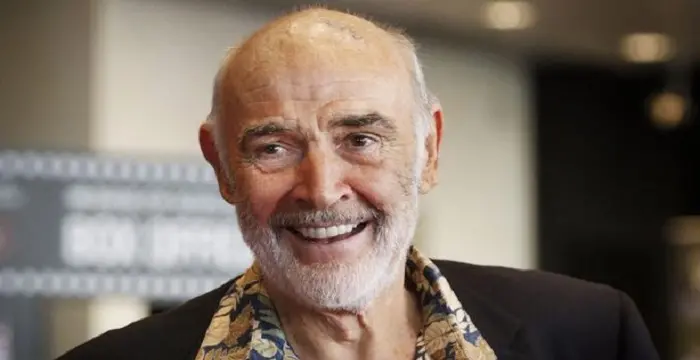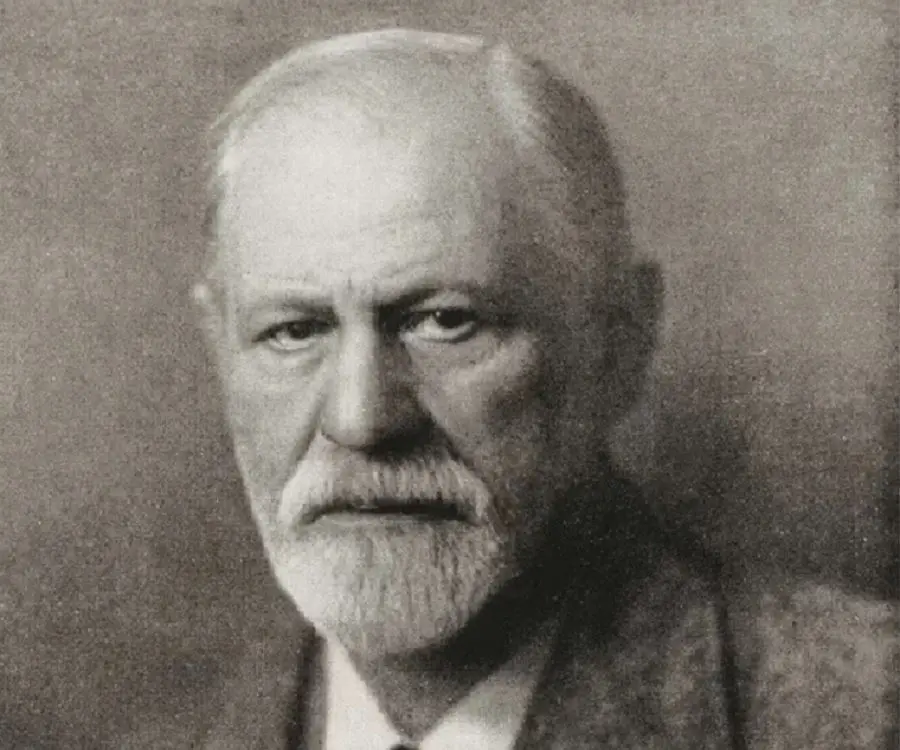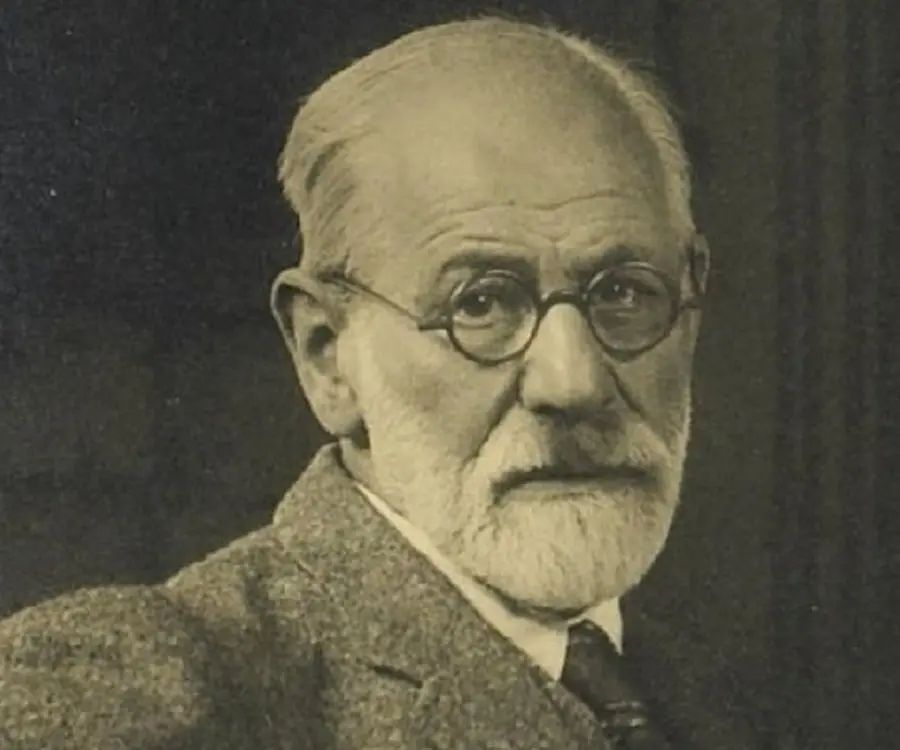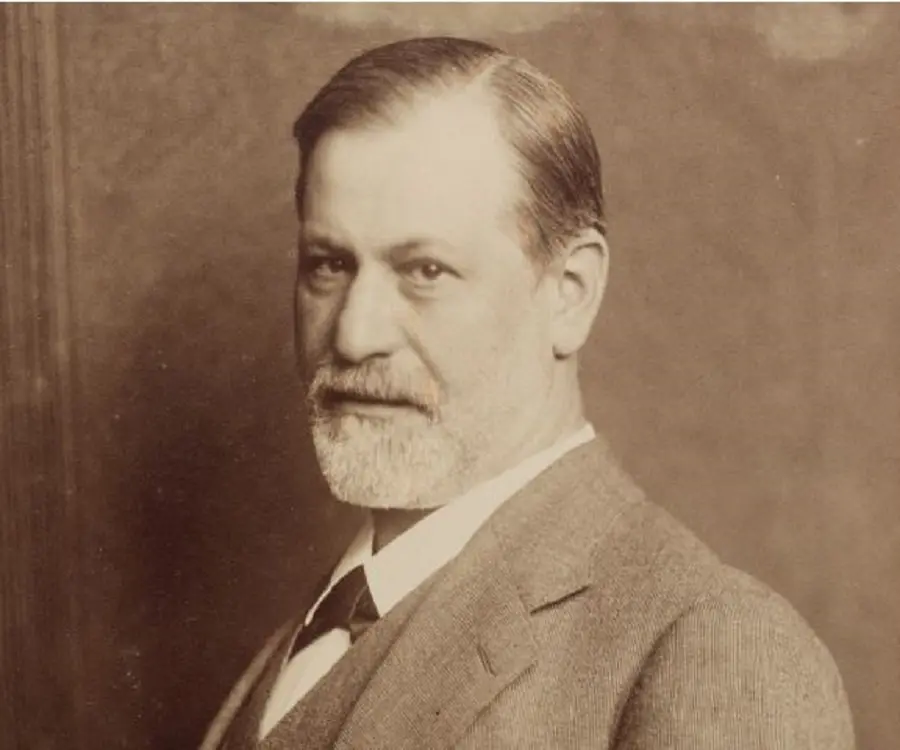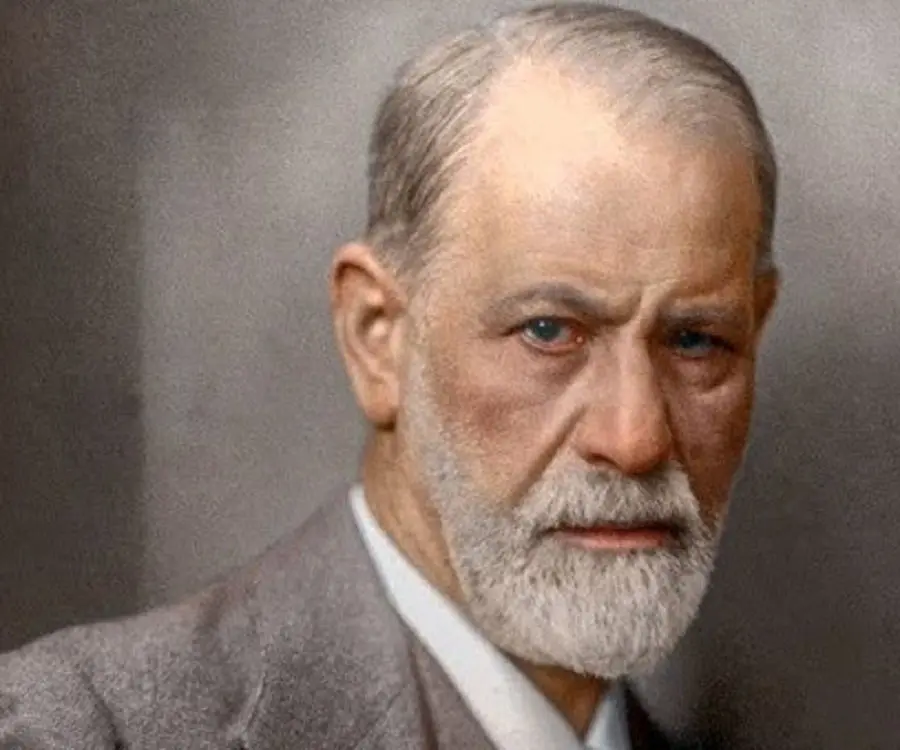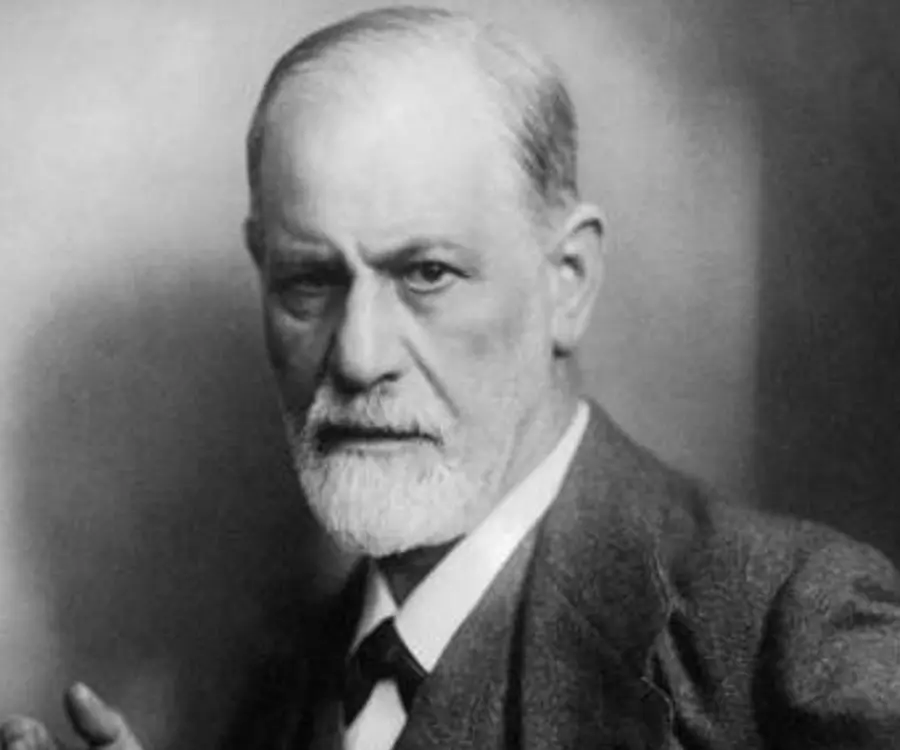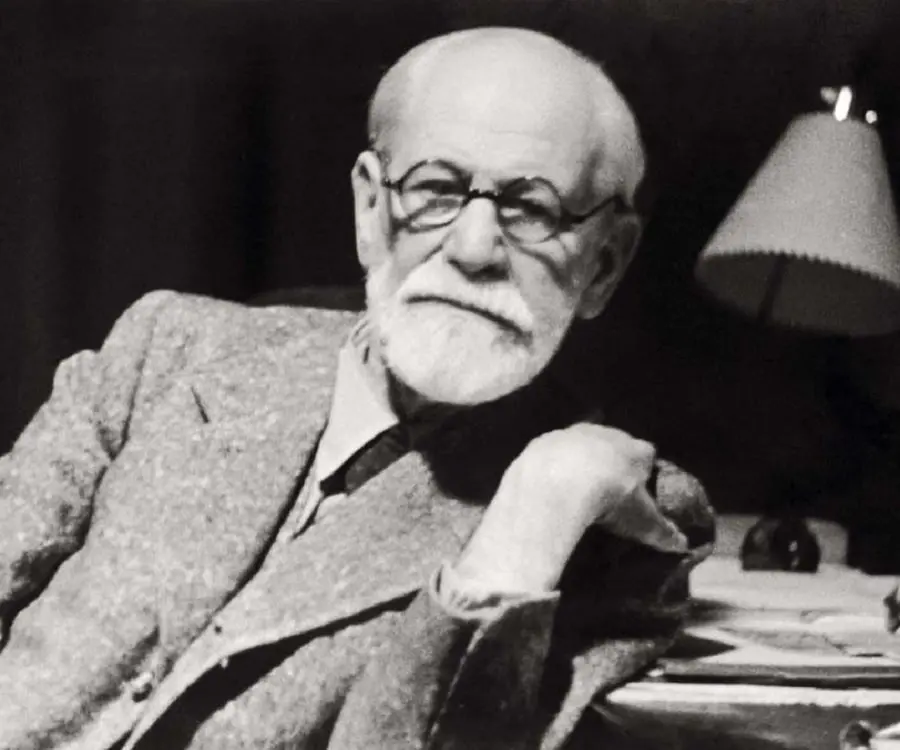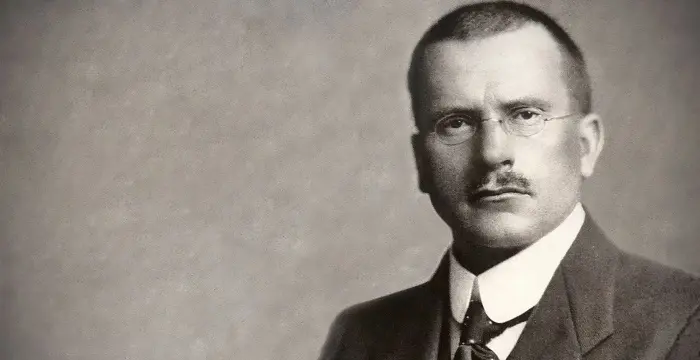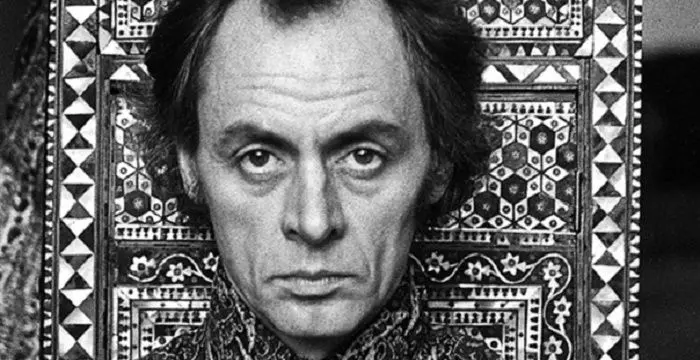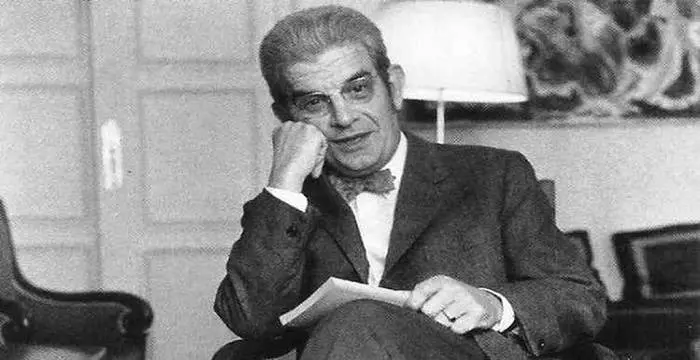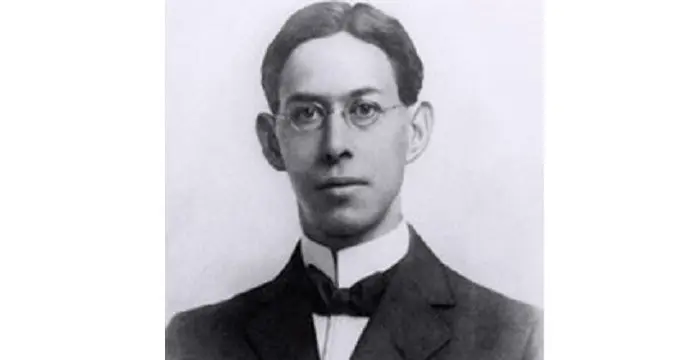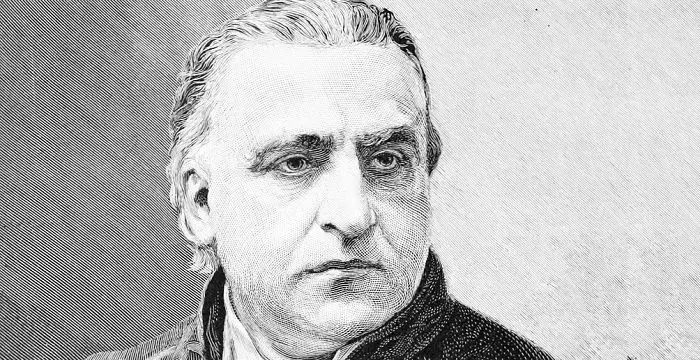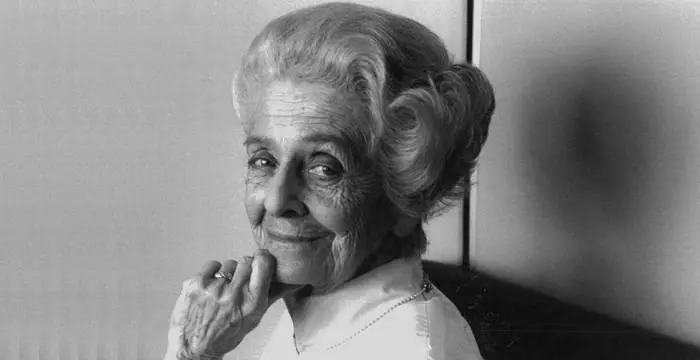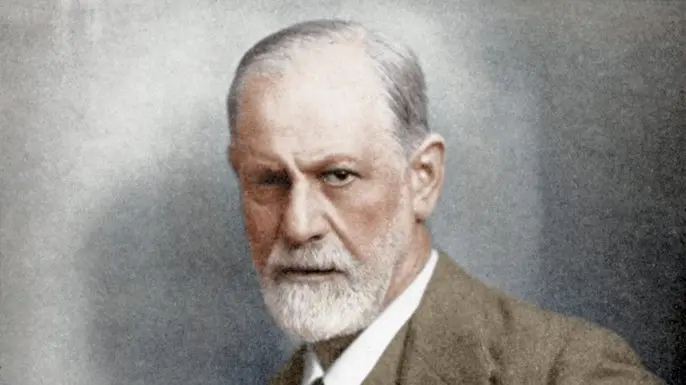
Sigmund Freud - ISTJ, Family and Childhood
Sigmund Freud's Personal Details
Sigmund Freud was a 19th century neurologist who is hailed as the father of ‘psychoanalysis’
| Information | Detail |
|---|---|
| Birthday | May 6, 1856 |
| Died on | September 23, 1939 |
| Nationality | Austrian |
| Famous | Intellectuals & Academics, Psychologists, Neurologists, Psychiatrists, ISTJ |
| Spouses | Martha Bernays (m. 1886-1939) |
| Childrens | Anna, Ernst, Jean-Martin, Mathilde, Oliver, Sophie |
| Universities |
|
| Cause of death |
|
| Birth Place | Príbor |
| Religion | Jewish Galician |
| Gender | Male |
| Father | Jacob Freud |
| Mother | Amalia Freud |
| Sun Sign | Taurus |
| Born in | Príbor |
| Famous as | Neurologist, Psychiatrist |
| Died at Age | 83 |
// Famous ISTJ
Morgan Freeman
Morgan Freeman is an Academy Award winning actor known for his work in movies like ‘Street Smart’, ‘Driving Miss Daisy’ and ‘Million Dollar Baby’. This biography provides detailed information about his childhood, life, achievements, works & timeline.
Sean Connery
Sean Connery is a Scottish actor, best known for portraying the iconic role of the spy, ‘James Bond’ in movies. This biography of Sean Connery provides detailed information about his childhood, life, achievements, works & timeline.
Natalie Portman
Natalie Portman is an acclaimed and award winning actress, producer and director. This biography offers detailed information about her childhood, career, work, life, achievements and timeline.
Sigmund Freud's photo
Who is Sigmund Freud?
Regarded as one of the ‘most important thinkers of the last century’, Sigmund Freud is considered the father of ‘psychoanalysis’, who revolutionized the study of dreams with his magnum opus, ‘The Interpretation of Dreams’. His theories about the mind and the mysteries locked within, transformed the world of psychology and the way people looked at the ‘complex-energy system’, known as the ‘brain’. He refined the concepts of the unconscious state, juvenile sexuality and subjugation, and also proposed a three-way theory pertaining to the structure of the mind. Notwithstanding, the multiple facets of psychoanalysis as it exists today, it can, in almost all fundamental respects, be traced directly to Freud’s early works. His works related to the treatment of human actions and dreams have been considered paramount in the world of science and proved to be extremely fruitful in the field of psychology. A freethinker, an ambitious rebel and an atheist, Freud’s outlook is a result of his Jewish upbringing, his love for Shakespeare’s narratives and his solitary life. Although there have been countless critics who disowned Freud’s work for being highly sexist and unrealistic, there were many positive remarks about his discoveries and some even compared his works to those of Aquinas and Plato.
// Famous Psychiatrists
Carl Jung
Carl Jung was a Swiss psychiatrist famous for founding the school of analytical psychology. This biography of Carl Jung provides detailed information about his childhood, life, achievements, works & timeline.
R. D. Laing
R. D. Laing was an eminent Scottish psychiatrist. This biography provides information on his childhood, life, works and timeline.
Jacques Lacan
Jacques Lacan was a French psychoanalyst and a psychiatrist, considered to be the most controversial psycho-analyst since Freud. Check out this biography to know about his childhood, family life, achievements and fun facts about him.
Early Years & Education
Sigmund Schlomo Freud was the first of the eight children born to Jewish Galician parents in Pribor, a small town in the Czech Republic. The family was not very well-off and his initial years were a struggle. Due to the Panic of 1857—a financial crisis trigerred in the U.S.— his father lost his business and the family moved to Vienna.
In 1865, he was enrolled to the ‘Leopoldstadter Kommunal-Realgymnasium’, a renowned school in the region. He proved his mettle as an outstanding student and graduated from high school, in 1873.
As a young boy, he was passionate about literature and was proficient in a number of languages such as German, French, Italian, Hebrew, Greek and Latin. He was also an avid reader of Shakespeare’s works, whose works apparently, helped him understand human psychology.
He studied at the University of Vienna, where he joined the medical faculty and graduated with an MD in 1881. He enjoyed science but found the idea of practicing medicine unexciting. He wanted to pursue neurophysiological research but could not, owing to financial constraints.
Career
In October 1885, he travelled to Paris on a fellowship to study with Jean-Martin Charcot, a prominent neurologist. He was inspired by his practice of medical psychopathology, which made him realize that neurology was not to his taste and that he was made for something bigger and more exciting.
He started his private practice in 1886 and adopted the use of ‘hypnosis’ for his clinical work, inspired by his friend and collaborator, Josef Breuer. The treatment of one particular patient, ‘Anna O’, proved to be transformative to Freud’s clinical career.
He inferred that a patient could be cured of psychological problems while being engaged in an uninhibited discourse about his/her traumatic experiences in a hypnotized state, the practice which he later called ‘free association’.
In addition to this practice, he also discovered that a patient’s dreams could be analyzed and the psychic repression of an individual could also be studied and cured. By 1896, he carried out extensive research on a new subject, which he coined as ‘psychoanalysis’.
He also concluded that repressed childhood memories of sexual molestation or assault were prerequisites to understand a certain psychological condition called ‘neuroses’. In order to further his research on the same, he developed the ‘seduction theory’, which threw light on how horrifying childhood memories related to sexual abuse or other gruesome physical encounters can become causative factors for the afore mentioned condition.
He was appointed as the Professor of Neuropathology at the University of Vienna in 1902, a position he held till the outbreak of World War II.
He delivered lectures on his newly-formulated theories to small audiences at the lecture hall at the university and his works generated considerable amount of interest among a small group of Viennese physicians.
Some of them soon began to visit his apartment every Wednesday and indulged in discussions related to neuropathy and psychology; this group eventually came to be known as the ‘Wednesday Psychological Society’, marking the beginning of his worldwide psychoanalytical movement.
The International Psychoanalytical Congress
By 1906, the members of the ‘Wednesday Psychological Society’ grew manifold and on April 27, 1908, they had their first official international meeting called ‘The International Psychoanalytical Congress’ at Hotel Bristol, Salzburg. Over 40 members were present at this conference and news of Freud’s psychoanalytical developments began to spread, so much so that, it attracted a wide audience even from across the Atlantic.
He was awarded an Honorary Doctorate by Clark University in Massachusetts, which attracted widespread media attention and the interest of one prominent personality, James Jackson Putnam, a renowned American psychiatrist.
After a couple of discussions with Freud, Putnam was convinced that his work represented a significant breakthrough in the world of psychology in the United States.
As a result of his mass popularity, when the ‘American Psychoanalytical Society’ was founded in 1911, he was elected as its president. However, after fallout with a couple of members of the ‘American Psychoanalytical Society’, he initiated the formation of a new psychoanalytical group in 1912.
The same year he published a paper entitled, ‘The History of the Psychoanalytical Movement’, which shed light on the evolution of the psychoanalytical movement.
In 1913, the ‘London Psychoanalytical Society’ was established by Ernest Jones, one of Freud’s devoted followers. The name of the association was changed to the ‘British Psychoanalytical Society’ in 1919, with Jones as its President; a position he held till 1944.
Freud attended his last ‘International Psychoanalytical Congress’ meeting in 1922, in Berlin. By then a dozen of institutes were established by his followers around the world in Russia, Germany, France, America, Canada, Switzerland and Poland etc.
Later Life & Nazi Troubles
After the end of World War I, he spent less time in clinical research and focused on the application of his models in the fields of history, literature and anthropology.
In 1923, the ‘The Ego and the Id’ was published, which suggested a new fundamental model of the human mind distributed into three divisions—the ‘id’, the ‘ego’ and the ‘superego’.
After Adolf Hitler was appointed as Chancellor of Germany in 1933, many of Freud’s publications were burned and destroyed, but he continued to remain optimistic throughout the impending Nazi threat.
Ernest Jones, who was the-then president of the ‘International Psychoanalytical Movement’, persuaded Freud to seek Exile in Britain, to which Freud agreed. His departure however, was a long and painful process, mired by the Nazis.
His passport was confiscated, but with the support of his followers, he escaped the talons of Nazi brutality and left Vienna for London, with his wife and his daughter, Anna.
Theories & Perspectives
Early in his career, he became greatly influenced by the works of his Viennese friend, Josef Breuer, with whose assistance he discovered that when a hysterical patient was asked to talk uninhibitedly about a certain trauma or pain, the symptoms of hysteria would eventually abate.
He postulated that neuroses had its origins deeply embedded in a person’s conscience and that one could rid himself of neurotic symptoms if asked to recall the experiences candidly. This gave birth to the theory of ‘psychoanalysis’ following the successful treatment of a patient, ‘Anna O’.
He also proposed that unconscious memories, such as those pertaining to physical or sexual abuse could result in ‘obsessional neuroses’. He used a number of ‘pressure techniques’ and other clinical procedures to trace back the memories of his patients’ experiences, in order to cure them.
The theory of the ‘unconscious’ was crucial to Freud’s interpretation of the mind. He argued that the concept of the ‘unconscious’ was based on the theory of ‘repression’.
He postulated an ‘unconscious mind’ cycle, which was based on the investigation of people with traumatic experience. It also revealed that behavior of patients could not be elucidated without reference to ideas or thoughts of which they had no cognizance.
He explained his ideas of the ‘unconscious’ further in two publications; ‘The Interpretation of Dreams’ and ‘Jokes and their Relation to the Unconscious’, published in 1899 and 1905, respectively.
His perspectives on women stirred unexpected controversy during his lifetime and continue to evoke considerable debate even today. He was strongly against women’s emancipation movement and believed that lives of women were predominantly controlled by their sexual or reproductive functions.
He elaborated a little on his views with girls’ psychosexual development, where he suggested that girls, around the ages 3-5, begin to detach emotionally from their mothers and instead, devote more time and attention towards their fathers, in what he called the ‘phallic stage’. He was also criticized for his views on describing women as inferior to men.
Major Works
‘The Interpretation of Dreams’, published on November 4, 1899, was one of Freud’s major works which introduced the subject of the ‘unconscious’, with respect to the analysis of dreams. Although the initial print runs for the book was very low, it later went on to become one of the most widely read books and seven more editions of the same were published later. The original text, written in German, was later translated to English and re-published in 1913.
‘The Psychopathology of Everyday Life’ was published in 1901 and is regarded as one of his significant works, because it laid the basis for one of his most important theories, ‘psychoanalysis’. The book went on to become one of the greatest scientific classics of the 20th century and was published in English, in 2003. To date, the publication is considered one of his greatest works and is often referred to by modern-day psychoanalysts.
His paper, ‘The Ego and the Id’ outlined the theories of the ‘psychodynamics’ of the id, ego, and the super-ego. This three-way account of the human mind furthered the development of psychoanalysis and was published on April 24, 1923. Considered one of his most influential works, ‘The Ego and the Id’ laid the ground for all of his future works and ideas.
Awards & Achievements
He was awarded the Goethe Prize in 1930 for his contributions to psychology and German literary culture.
He was made the honorary Foreign Member of the British Royal Society of Medicine in 1935.
Personal Life & Legacy
He married Martha Bernays in 1886 and the couple had six children. Anna, one of his daughters, went on to become one of his greatest supporters who helped him carry out his research in his later years. She also became a prominent psychologist, following her father’s footsteps.
He discovered that he had cancer of the jaw in 1923, which is believed to have been caused by his ‘love for cigars’. He had to endure 33 painful surgeries in an attempt to remove the cancer.
He was an early user of cocaine and believed that it abated mental and physical problems. He frequently suffered from bouts of depression, migraine and nasal inflammation which he combatted by consuming cocaine.
He passed away in London, after being administered doses of morphine thus putting an end to his pain and suffering. This was given to him as a result of the overgrowth of the cancer in his mouth, which was declared inoperable after 33 surgeries. Three days after his death, his body was cremated. His funeral was attended by a huge mass of followers and fellow-psychoanalysts.
His works greatly influenced 20th century studies related to philosophy, science and literature. His famous psychoanalytical system dominated the field of psychotherapy in the early 20th century and continues to do so even today. His interpretation of dreams, ‘ego psychology’ and the study of linguistics, laid the foundation for modern psychoanalytical study and research.
Several experiments were carried out on Freud’s theories and his ideas were interpreted as both radical and ‘forward by 50 years or more’ by modern-day scientists.
The decline in his popularity was due to the feminist uprising of the 50s. His works were condemned by early feminist authors like Betty Friedan, who stated that most of Freud’s works asserted male dominance and female inferiority.
Today, in his honor, a number of awards such as the ‘International Sigmund Freud Award for Psychotherapy of the City of Vienna’ and ‘The Sigmund Freud Award’ are given to worthy individuals for their contribution to psychology, literature and science.
Trivia
The father of ‘psychoanalysis’ knew eight languages. He learned Latin, Hebrew and Greek, picked up German and English and taught himself French and Italian.
This famous Jewish thinker and psychoanalyst was superstitious about the numbers 23, 28 and 51. He believed ‘23’ and ‘28’ had magical properties and that he would die at the age of ‘51’. It is also said that he became ‘obsessed’ with the number, 62, later in his life.
// Famous Intellectuals & Academics
Bertil Gotthard Ohlin
Bertil Gotthard Ohlin was a famous Swedish economist. This biography profiles his childhood, family life & achievements.
Emily Greene Balch
Emily Greene Balch was an American economist, sociologist and pacifist who won the 1946 Nobel Peace Prize. This biography of Emily Greene Balch provides detailed information about her childhood, life, achievements, works & timeline.
Martin Buber
One of the greatest philosophers to have ever walked on earth, Martin Buber contributions to philosophy is a long-standing one. Explore all about his profile, childhood, life and timeline here.
Sigmund Freud's awards
| Year | Name | Award |
|---|---|---|
Other | ||
| 0 | 1930 - Goethe Prize for his contributions to psychology and to German literary culture | |
Sigmund Freud biography timelines
- // 1865 To 1873In 1865, he was enrolled to the ‘Leopoldstadter Kommunal-Realgymnasium’, a renowned school in the region. He proved his mettle as an outstanding student and graduated from high school, in 1873.
- // 1881He studied at the University of Vienna, where he joined the medical faculty and graduated with an MD in 1881. He enjoyed science but found the idea of practicing medicine unexciting. He wanted to pursue neurophysiological research but could not, owing to financial constraints.
- // 1885In October 1885, he travelled to Paris on a fellowship to study with Jean-Martin Charcot, a prominent neurologist. He was inspired by his practice of medical psychopathology, which made him realize that neurology was not to his taste and that he was made for something bigger and more exciting.
- // 1886He started his private practice in 1886 and adopted the use of ‘hypnosis’ for his clinical work, inspired by his friend and collaborator, Josef Breuer. The treatment of one particular patient, ‘Anna O’, proved to be transformative to Freud’s clinical career.
- // 1886He married Martha Bernays in 1886 and the couple had six children. Anna, one of his daughters, went on to become one of his greatest supporters who helped him carry out his research in his later years. She also became a prominent psychologist, following her father’s footsteps.
- // 1896In addition to this practice, he also discovered that a patient’s dreams could be analyzed and the psychic repression of an individual could also be studied and cured. By 1896, he carried out extensive research on a new subject, which he coined as ‘psychoanalysis’.
- // 1899‘The Interpretation of Dreams’, published on November 4, 1899, was one of Freud’s major works which introduced the subject of the ‘unconscious’, with respect to the analysis of dreams. Although the initial print runs for the book was very low, it later went on to become one of the most widely read books and seven more editions of the same were published later. The original text, written in German, was later translated to English and re-published in 1913.
- // 1901‘The Psychopathology of Everyday Life’ was published in 1901 and is regarded as one of his significant works, because it laid the basis for one of his most important theories, ‘psychoanalysis’. The book went on to become one of the greatest scientific classics of the 20th century and was published in English, in 2003. To date, the publication is considered one of his greatest works and is often referred to by modern-day psychoanalysts.
- // 1902He was appointed as the Professor of Neuropathology at the University of Vienna in 1902, a position he held till the outbreak of World War II.
- // 1911As a result of his mass popularity, when the ‘American Psychoanalytical Society’ was founded in 1911, he was elected as its president. However, after fallout with a couple of members of the ‘American Psychoanalytical Society’, he initiated the formation of a new psychoanalytical group in 1912.
- // 1922Freud attended his last ‘International Psychoanalytical Congress’ meeting in 1922, in Berlin. By then a dozen of institutes were established by his followers around the world in Russia, Germany, France, America, Canada, Switzerland and Poland etc.
- // 1923In 1923, the ‘The Ego and the Id’ was published, which suggested a new fundamental model of the human mind distributed into three divisions—the ‘id’, the ‘ego’ and the ‘superego’.
- // 1923His paper, ‘The Ego and the Id’ outlined the theories of the ‘psychodynamics’ of the id, ego, and the super-ego. This three-way account of the human mind furthered the development of psychoanalysis and was published on April 24, 1923. Considered one of his most influential works, ‘The Ego and the Id’ laid the ground for all of his future works and ideas.
- // 1923He discovered that he had cancer of the jaw in 1923, which is believed to have been caused by his ‘love for cigars’. He had to endure 33 painful surgeries in an attempt to remove the cancer.
- // 1930He was awarded the Goethe Prize in 1930 for his contributions to psychology and German literary culture.
- // 1935He was made the honorary Foreign Member of the British Royal Society of Medicine in 1935.
// Famous Neurologists
Roger Bannister
Roger Bannister is an English doctor, academic and a former athlete. Check out this biography to get detailed information on his childhood, life, career, achievements and timeline.
Ben Carson
Ben Carson is the first neurosurgeon to have successfully separated conjoined twins joined at the head. This biography of Ben Carson provides detailed information about his childhood, life, achievements, works & timeline.
Joseph Erlanger
Joseph Erlanger was a renowned American physiologist who won the Nobel Prize in Medicine in 1994. Check out this biography to know about his childhood, life, achievements, works & timeline.
Roberta Bondar
Roberta Bondar or Roberta Lynn Bondar is the first Canadian woman to travel into space. This biography of Roberta Bondar provides detailed information about her childhood, life, career, achievements and timeline.
Jean-Martin Charcot
A French neurologist and professor, Jean-Martin was instrumental in developing modern science in the field of neurology and had 15 eponyms to his praise. Read on to know more about his childhood, life and timeline
Rita Levi-Montalcini
Rita Levi-Montalcini was an Italian American neurologist who won a share of the 1986 Nobel Prize in Physiology or Medicine.
Sigmund Freud's FAQ
What is Sigmund Freud birthday?
Sigmund Freud was born at 1856-05-06
When was Sigmund Freud died?
Sigmund Freud was died at 1939-09-23
Where was Sigmund Freud died?
Sigmund Freud was died in London
Which age was Sigmund Freud died?
Sigmund Freud was died at age 83
Where is Sigmund Freud's birth place?
Sigmund Freud was born in Príbor
What is Sigmund Freud nationalities?
Sigmund Freud's nationalities is Austrian
Who is Sigmund Freud spouses?
Sigmund Freud's spouses is Martha Bernays (m. 1886-1939)
Who is Sigmund Freud childrens?
Sigmund Freud's childrens is Anna, Ernst, Jean-Martin, Mathilde, Oliver, Sophie
What was Sigmund Freud universities?
Sigmund Freud studied at University of Vienna
What is Sigmund Freud's cause of dead?
Sigmund Freud dead because of Drug Overdose
What is Sigmund Freud's religion?
Sigmund Freud's religion is Jewish Galician
Who is Sigmund Freud's father?
Sigmund Freud's father is Jacob Freud
Who is Sigmund Freud's mother?
Sigmund Freud's mother is Amalia Freud
What is Sigmund Freud's sun sign?
Sigmund Freud is Taurus
How famous is Sigmund Freud?
Sigmund Freud is famouse as Neurologist, Psychiatrist

